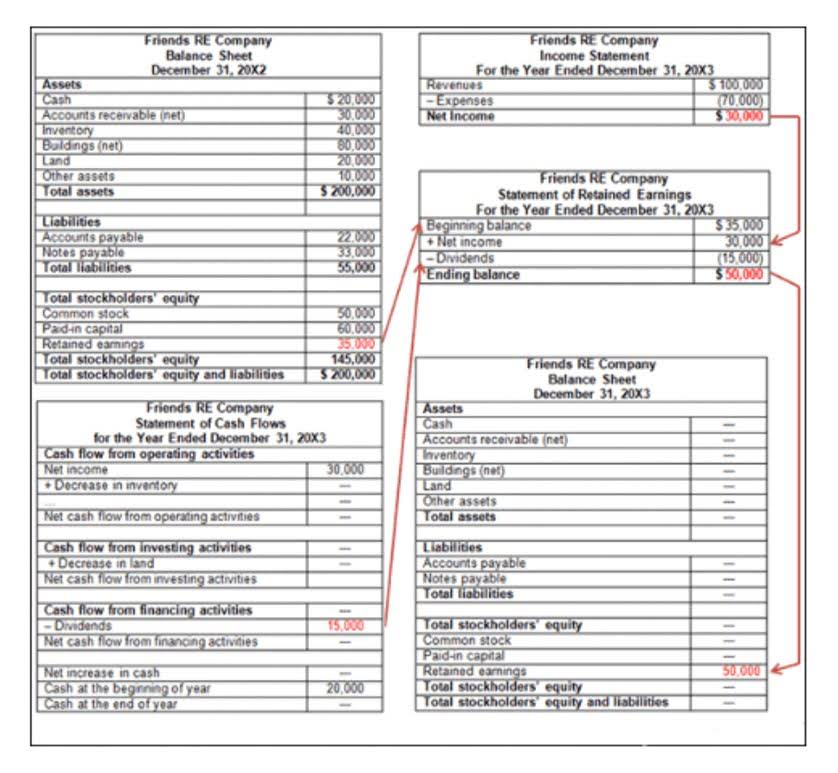Balance Sheet Definition & Examples Assets = Liabilities + Equity

A cash flow statement is a valuable measure of strength, profitability, and the long-term future outlook of a company. The CFS can help determine whether a company has enough liquidity or cash to pay its expenses. A company can use a CFS to predict future cash flow, which helps with budgeting matters. It is useful to see the impact and relationship that accounts on the balance sheet have to the net income on the income statement, and it can provide a better understanding of the financial statements as a whole. As for the balance sheet, the net cash flow reported on the CFS should equal the net change in the various line items reported on the balance sheet. This excludes cash and cash equivalents and non-cash accounts, such as accumulated depreciation and accumulated amortization.
What are examples of company cash flow investments?
For instance, investments or your operating costs may change over time. In the case of Shania and her magazine, she might decide to move from print to digital, drastically reducing operational costs. However, this shift might also reduce sponsorship, changing her cash flow in other areas.With that in mind, remember to look at the context behind the numbers, not just the numbers themselves. This can give you a more realistic view of your net cash flow and the health of your business.
- Financial statements are vital to inform decision-making for leadership, investors and creditors.
- These articles and related content is not a substitute for the guidance of a lawyer (and especially for questions related to GDPR), tax, or compliance professional.
- Instead, the balance sheet shows the results of what the company owns and owes as a result of that activity.
- It is part of a public company’s financial reporting requirements since 1987.
- Examples of cash equivalents include commercial paper, Treasury bills, and short-term government bonds with a maturity of three months or less.
What does a cash flow statement show you about your business?
The downside is that it contains “noise” from short-term movements in working capital that can distort it. Operating cash flow does not include capital expenditures (the investment required to maintain capital assets). Operating Cash Flow (or sometimes called “cash from operations”) is a measure of cash generated (or consumed) by a business from its normal operating activities. EBITDA can be easily calculated off the income statement cash flow from assets equals: (unless depreciation and amortization are not shown as a line item, in which case it can be found on the cash flow statement). As our infographic shows, simply start at Net Income then add back Taxes, Interest, Depreciation & Amortization and you’ve arrived at EBITDA. Meaning, even though our business earned $60,000 in October (as reported on our income statement), we only actually received $40,000 in cash from operating activities.
. Gather Financial Statements
Management makes informed decisions about investments, divestitures, or replacements by assessing which assets yield strong cash flows and which don’t. This information is vital for future planning, aiding in accurate budgeting and forecasting. If you’re a small business owner, there’s a good chance you’re often searching for ways to improve cash flow.
Prepare the Statement
Companies will generally disclose what equivalents it includes in the footnotes to the balance sheet. Namely, IFRS classifies cash flow based on the nature of the activity. If using the indirect method, GAAP looks at the income statement for net income and non-cash expenses like depreciation and amortization. Also called a profit and loss (P&L) statement, it reflects the company’s net income at the end of the reporting period. A statement showing positive cash flow indicates the business is bringing in more cash than it’s paying out.


That’s money we’ve charged clients—but we haven’t actually been paid yet. Even though the money we’ve charged is an asset, it isn’t cold hard cash. Using the indirect method, actual cash inflows and outflows do not have to be known. The indirect method begins with net income or loss from the income statement, then modifies the figure using balance sheet account increases and decreases, to compute implicit cash inflows and outflows.
Levered free cash flow formula
- Reviewing a company’s cash flow will help an investor obtain a sense of how well-prepared that organization is to cover its financial liabilities.
- Generally, a mix of both types of investment helps balance your cash flow strategy.
- In other words, it reflects cash that the company can safely invest or distribute to shareholders.
- Thomas J Catalano is a CFP and Registered Investment Adviser with the state of South Carolina, where he launched his own financial advisory firm in 2018.
- Sometimes, alternative lending options or new business ideas can provide solutions, but you may first want to look at your business’s cash flow from assets to find opportunities to build up your profit.
- Calculate the NWC for each period by subtracting current liabilities from current assets.
